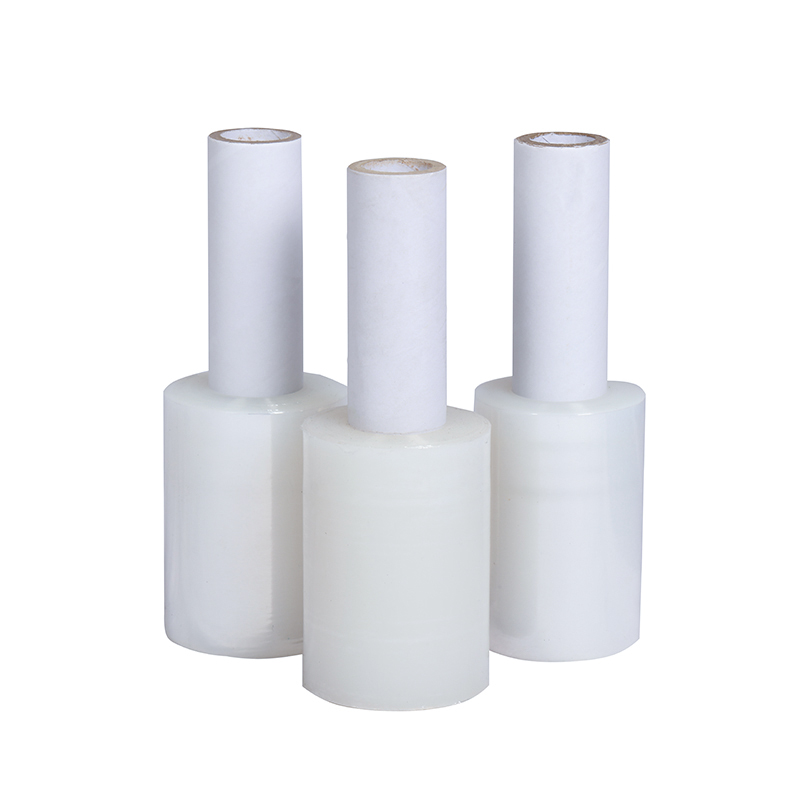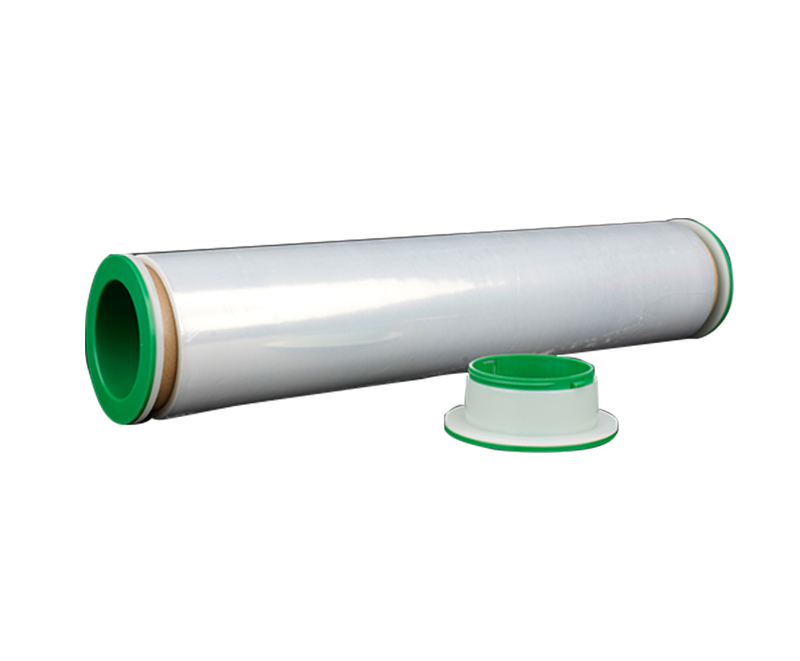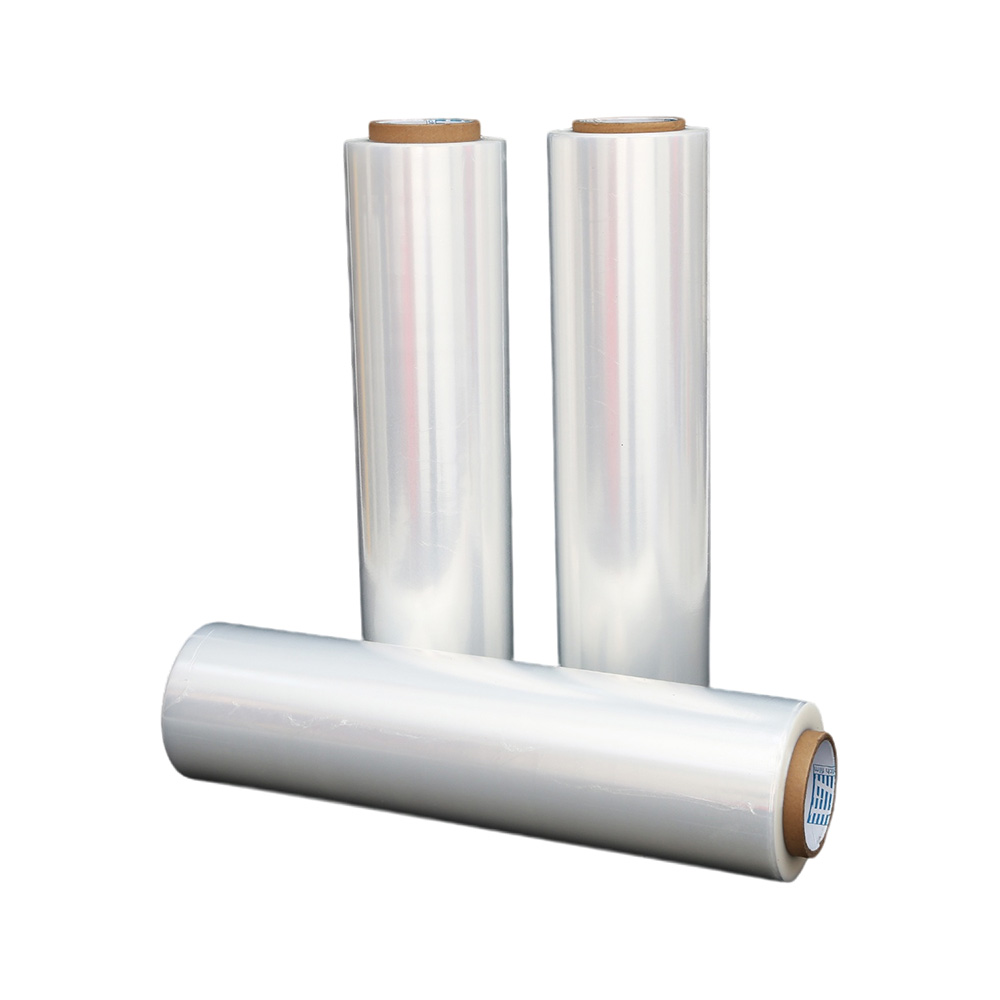The Influence of Stretch Film Thickness on Load Stability: W
Source:The Influence of Stretch Film Thickness on Load Stability: WTime:2023-10-16Visitors:
Introduction
In logistics and packaging, the choice of stretch film can significantly impact the safety and stability of goods during transport. One key factor in this decision is the thickness of the stretch film. The question arises: What is the optimal gauge for different applications? This article delves into the intricacies of selecting the right consistency of stretch film to ensure load stability, making it an essential read for potential buyers.
Understanding Stretch Film Thickness
Stretch film thickness is a critical determinant of its performance. This thickness is typically measured in microns or gauges. Gauge, often referred to in stretch film factories and wholesale stretch film discussions, plays a crucial role in gauging the strength and durability of the film.
Factors Influencing the Optimal Gauge
When considering the optimal gauge for stretch film, several factors must be taken into account:
Load Characteristics
The nature of the load is a crucial factor to consider. Different types of shipments require different gauges. A thicker gauge may be necessary for fragile or irregularly shaped items to ensure proper load stability. In contrast, relatively uniform and robust loads might work well with thinner gauges.
For instance, if you are shipping delicate glassware, opt for a thicker gauge to provide enhanced protection during transit. On the other hand, bulk commodities might be safely secured with a thinner gauge.
Handling and Transportation
The method of transportation and the conditions during shipping have a substantial impact on gauge selection. Loads transported over long distances, particularly those subject to temperature fluctuations or rough handling, typically require thicker gauges. Palletized goods for long-distance shipping often benefit from a heavier gauge, while lighter-duty applications might opt for a thinner one.
Understanding the specific handling and shipping conditions is vital. Stretch film suppliers often recommend particular gauges based on the chosen transportation methods.
Cost Considerations
While thicker gauges offer superior load stability and protection, they also come at a higher cost. Thinner gauges are more cost-effective but may provide a different level of security. Striking the right balance between price and performance is essential.
Discussing your specific needs and budget with a stretch film supplier can help you find the optimal gauge that aligns with your financial constraints while ensuring load stability.
Optimal Gauge Recommendations
Determining the optimal gauge for your stretch film needs involves carefully assessing the load, transportation methods, and budget. Here are some general recommendations to guide your decision:
- For delicate or irregularly shaped loads: Thicker gauges, such as 70-80 gauge, offer superior puncture resistance and load stability.
- For palletized goods on long-distance journeys: Consider gauges around 60-70 for added protection during transit.
- For lighter, uniform loads: Thinner gauges, typically in the 50-60 range, may provide sufficient stability while being more budget-friendly.
It's important to note that these are general guidelines. To pinpoint the exact gauge for your application, it's advisable to consult with a stretch film supplier or factory. They can provide valuable insights based on your specific needs.
Case Studies and Examples
To illustrate the significance of gauge selection, let's explore a couple of real-world examples. These demonstrate how companies made informed choices about stretch film thickness to enhance their load stability:
- Company A, a manufacturer of fragile glass products, opted for a thicker gauge (80) to prevent breakage during long-haul shipping. As a result, the company saw a significant reduction in product damage.
- Company B, dealing with lightweight, uniformly shaped components, found that a gauge of 60 was cost-effective and provided sufficient protection. They experienced improved efficiency and cost savings.
These examples underscore the importance of gauge selection tailored to your specific circumstances.
Benefits of the Right Gauge Choice
Selecting the appropriate gauge of stretch film offers several significant benefits:
- Reduced Product Damage: When the correct gauge is employed, the risk of product damage during transit is minimized. This, in turn, leads to cost savings through decreased product loss.
- Improved Load Stability: The correct gauge ensures that your goods are securely in place, reducing the chances of shifting, sliding, or toppling during transportation. This stability is vital for protecting your products and workers' safety.
- Cost Savings: While thicker gauges may come at a higher initial cost, they often result in long-term savings by reducing product damage and the need for additional wrapping. Thinner gauges can provide upfront cost savings while still maintaining load stability.
- Environmental Considerations: Choosing the correct gauge aligns with sustainable practices by minimizing material usage. This is increasingly important in the modern era of eco-conscious packaging.
By finding the optimal gauge, you can effectively balance performance and cost, ultimately improving your supply chain efficiency.
How to Determine the Optimal Gauge
Determining the optimal gauge for your specific application involves a systematic assessment. Here are the steps to help you make an informed decision:
- Assess Your Load: Begin by thoroughly examining the characteristics of the loads you'll be wrapping. Consider their weight, shape, fragility, and any other unique attributes.
- Analyze Your Transportation: Determine the methods and conditions of transportation. Are you shipping over long distances, or is it a short-haul journey? Will the load be exposed to temperature variations, moisture, or other factors?
- Consider Your Budget: Evaluate your budget constraints. Thicker gauges provide enhanced protection but come at a higher cost. Thinner gauges are more budget-friendly but may offer less protection.
- Consult a Stretch Film Supplier: Contact a reputable stretch film supplier or factory. They have extensive expertise in this field and can provide personalized recommendations based on your needs and constraints.
- Testing and Evaluation: Conduct tests with different gauge options to observe how they perform with your actual loads and transportation conditions. This practical evaluation can be precious.
Following these steps and seeking expert guidance, you can determine the ideal gauge for your stretch film needs. This strategic approach ensures that you strike the right balance between load stability and cost-effectiveness.
Conclusion
Selecting the correct gauge of stretch film is a critical decision for businesses involved in logistics and packaging. It directly affects load stability, product protection, and cost efficiency. By understanding the nuances of your load considering transportation conditions and budget constraints, you can determine the optimal gauge that aligns with your specific needs.
Remember, the choice of gauge is not one-size-fits-all. It must be tailored to your unique circumstances. Feel free to consult stretch film suppliers and experts who can offer guidance and expertise. Testing and evaluating different gauge options can also provide valuable insights.
Ultimately, making an informed decision about the optimal gauge empowers you to achieve load stability, reduce product damage, and optimize your supply chain efficiency.
For further questions or assistance in choosing the correct stretch film gauge, feel free to contact a reputable stretch film supplier or factory. They are well-equipped to provide the expertise you need to make the best choice for your specific applications.
Recommended Products
Ranked in the same article
- how to use the stretch film technology to r
- How can we get detailed price list?
- Five common quality problems of PE protecti
- Plastic film degradation
- How to guarantee punctual shipment for our
- Gauge to Micron and Millimetre Conversion G
- What is the difference between stretch film
- Testing the permeability of stretch film
- Stretch film temperature requirements
- Electrical wire film VS electrostatic film
- Why insufficient transparency of stretch w
Latest news articles
- Testing the permeability of stretch film
- Stretch Film Wrap: Exploring Its Advantages
- Factors That Affect the Stretching Function
- PE vs PVC Stretch Film: A Comprehensive Gui
- The Influence of Stretch Film Thickness on
- What Is the Difference Between Shrink Wrap
- What Is Red Stretch Film and What Are Its B
- The use of pe stretch film
- PE stretch film how to cut?
- Exploring the Versatility of PE Stretch Fil
- What is Stretch Film Used For?



